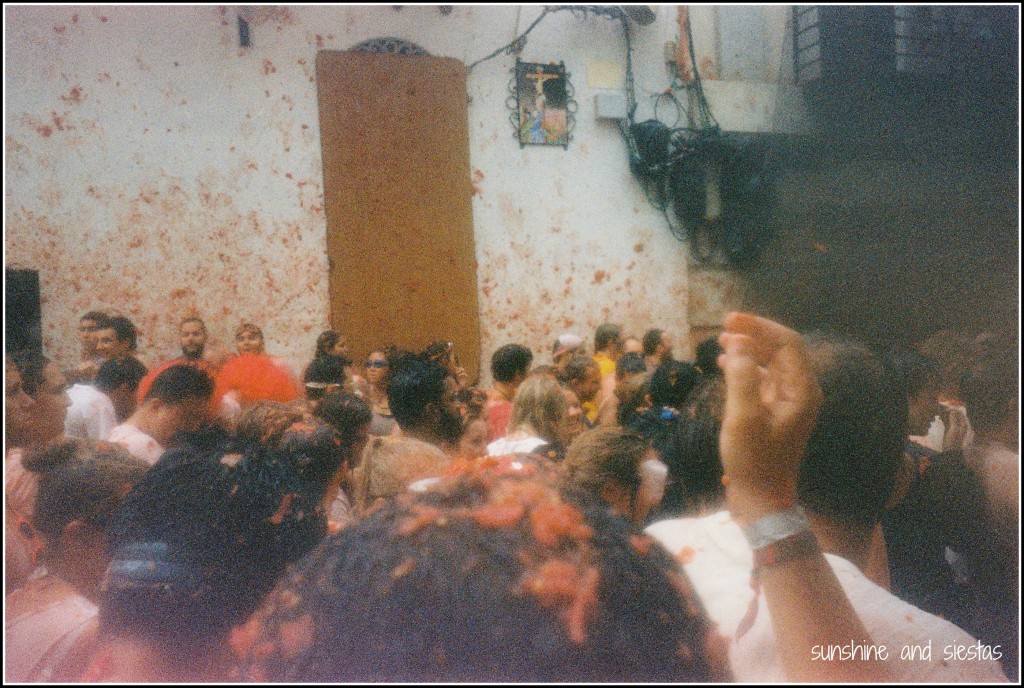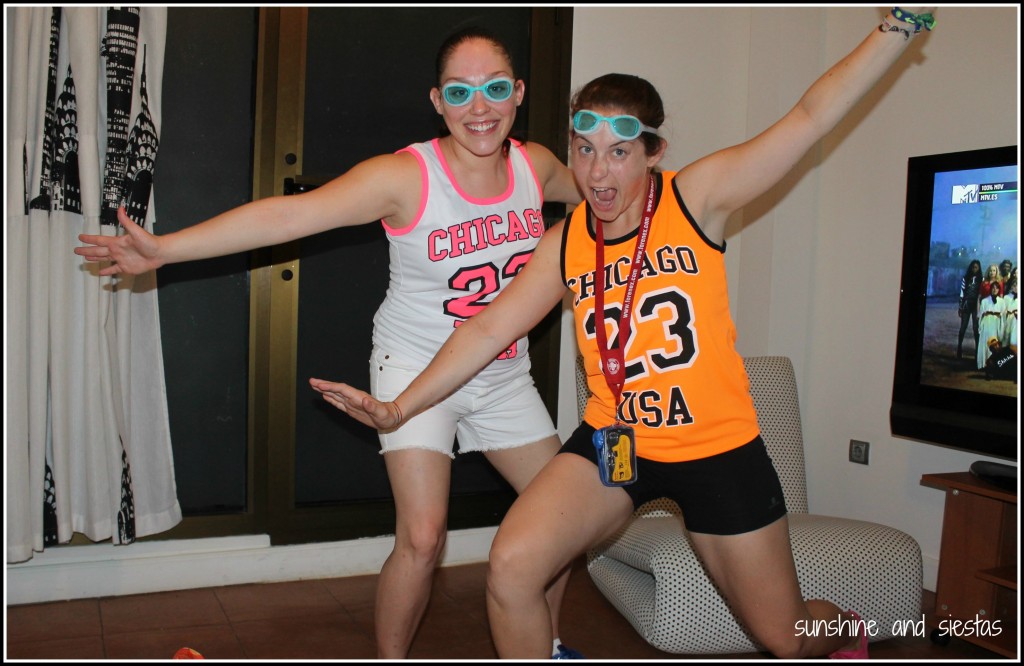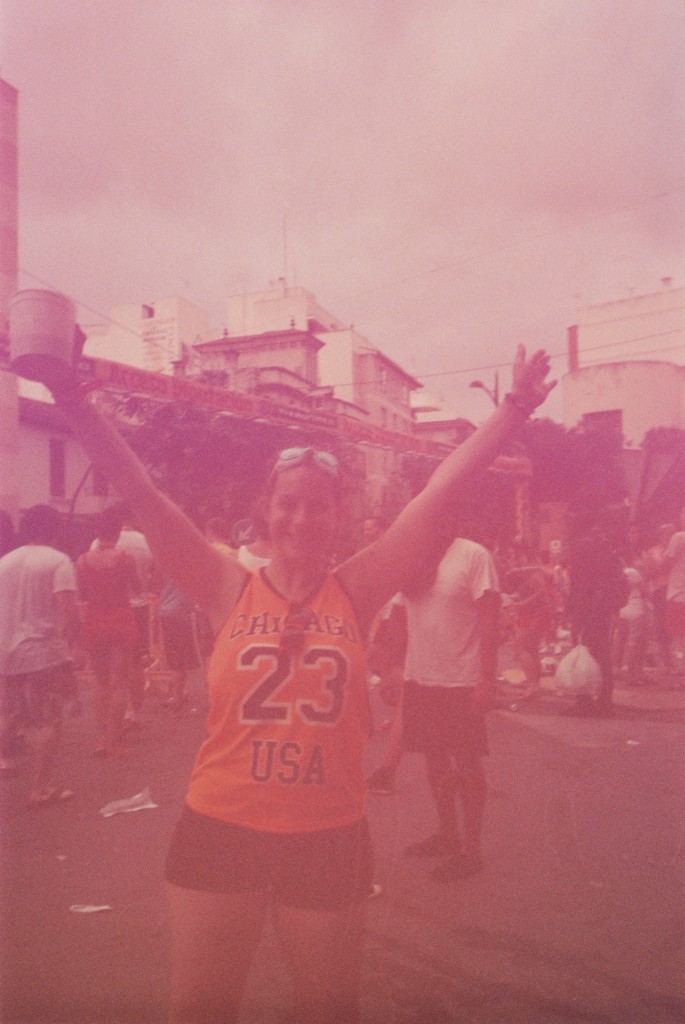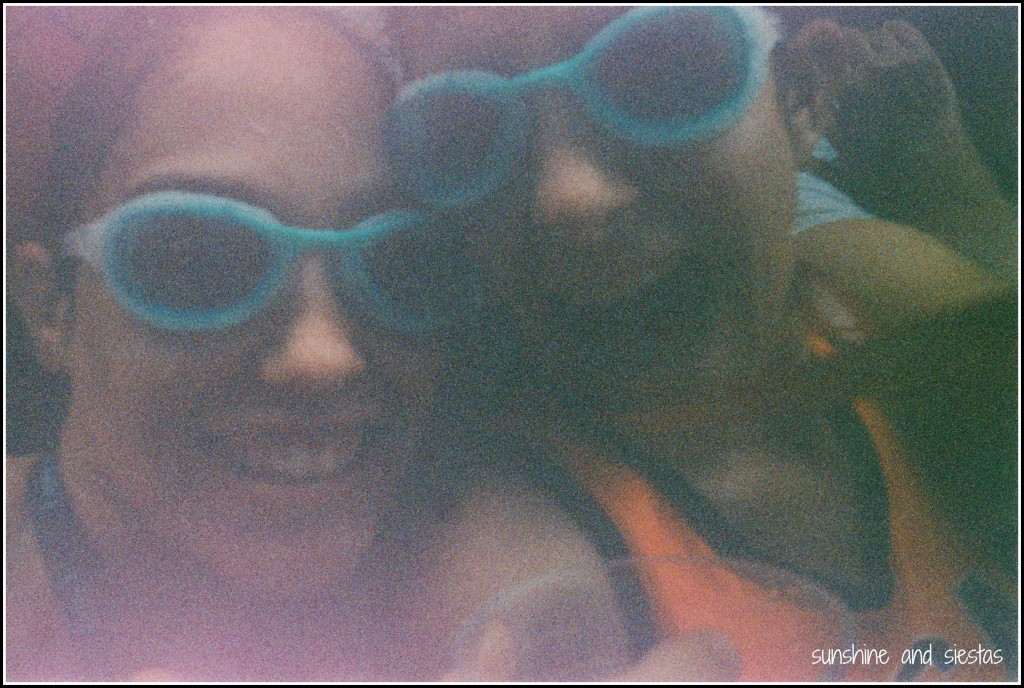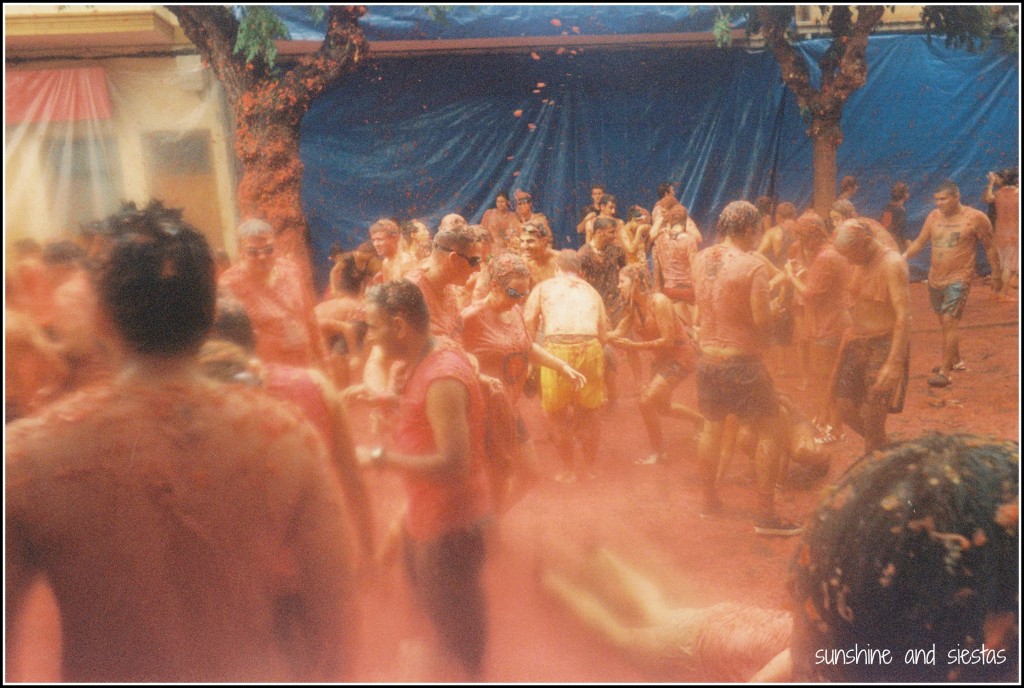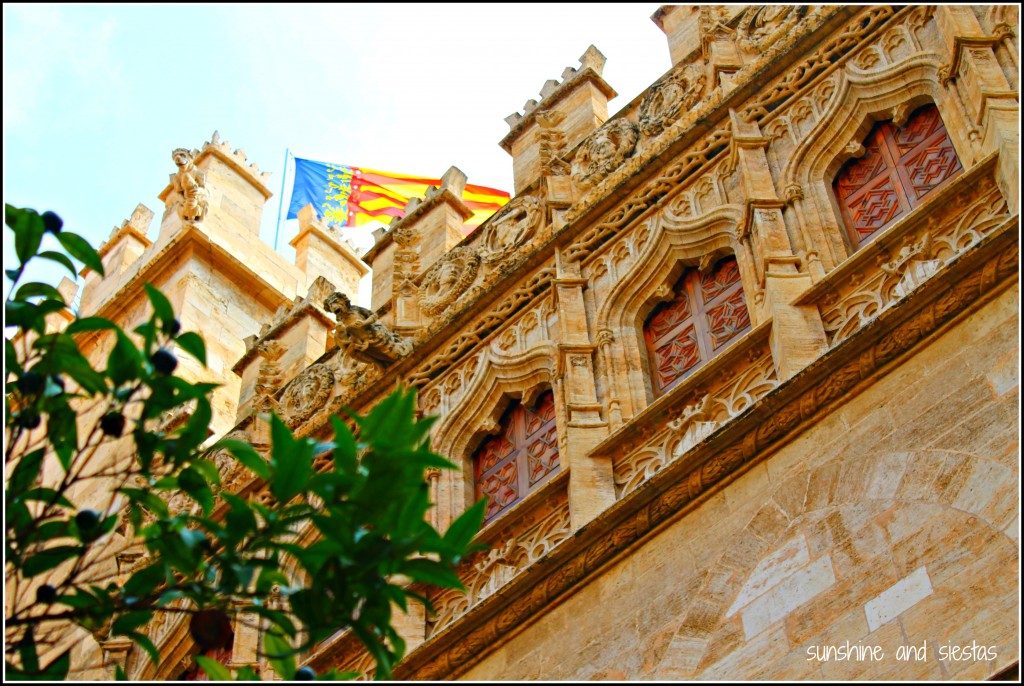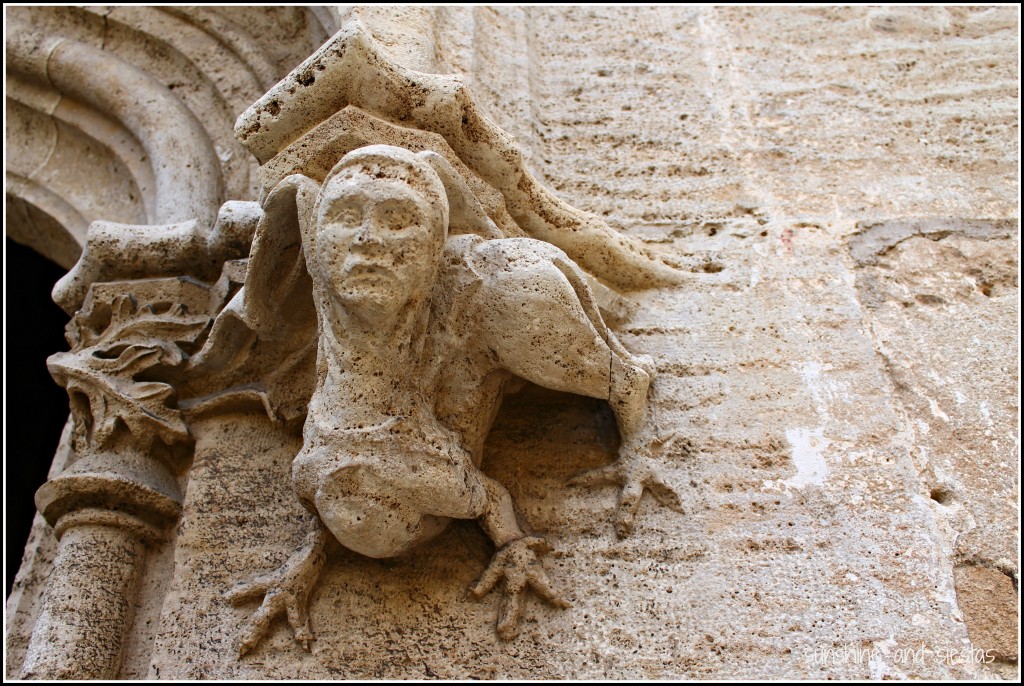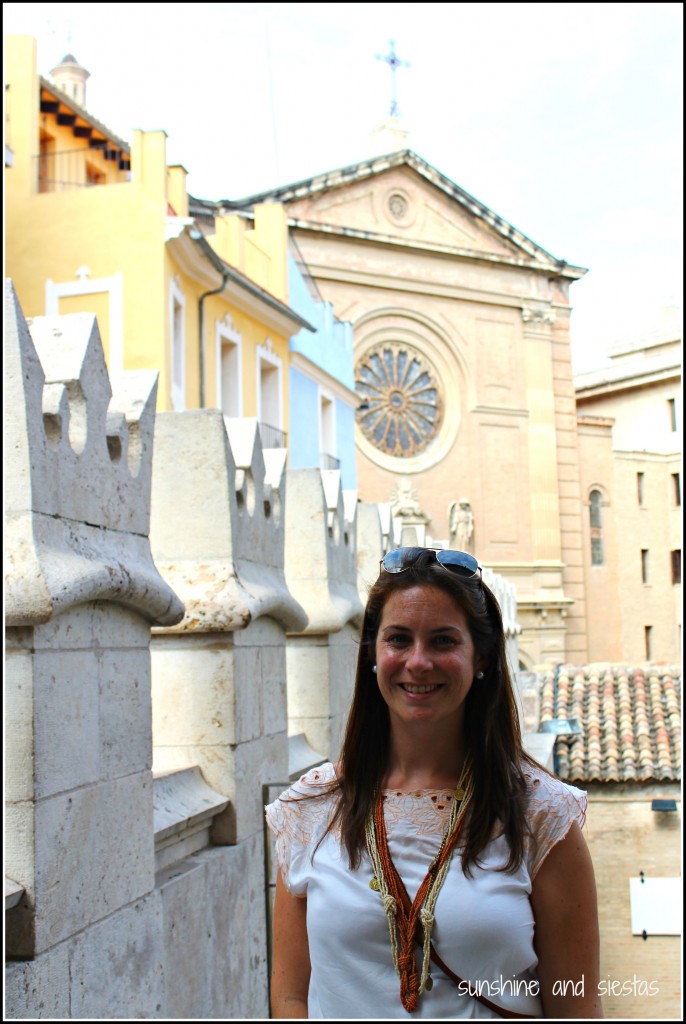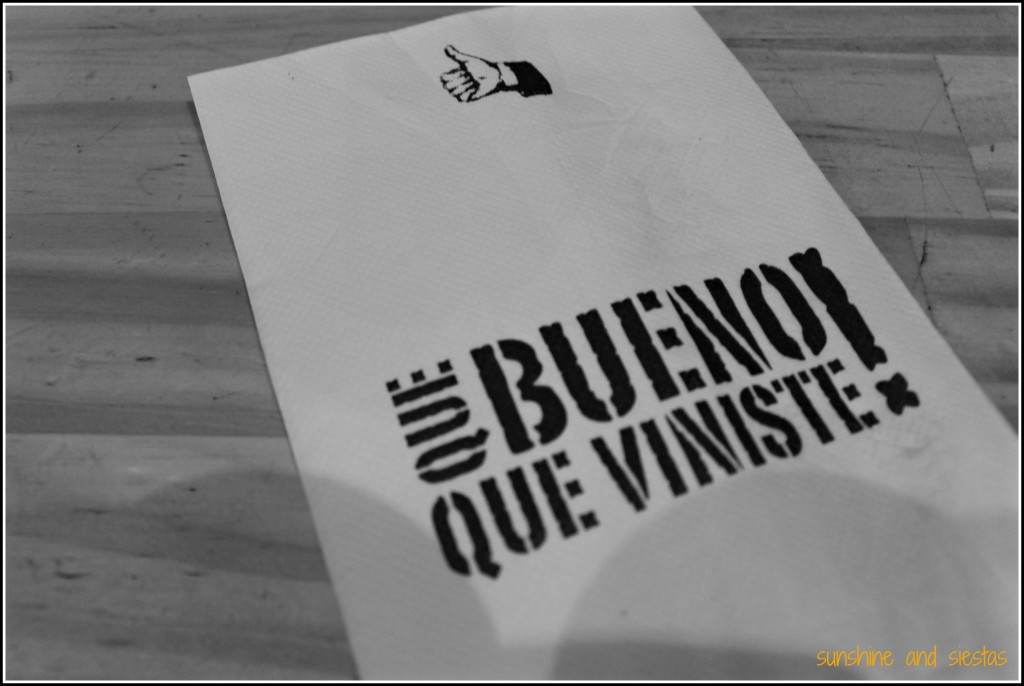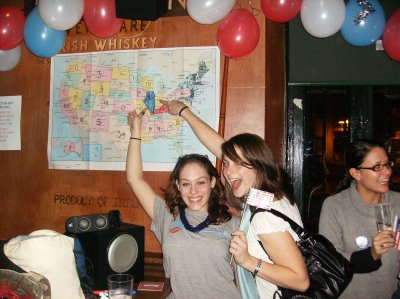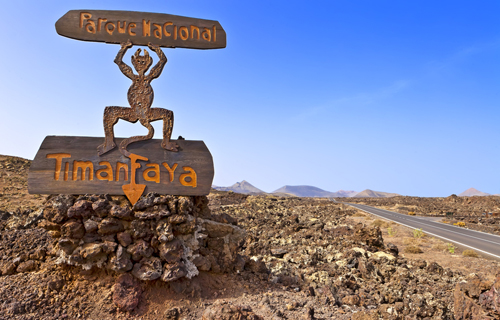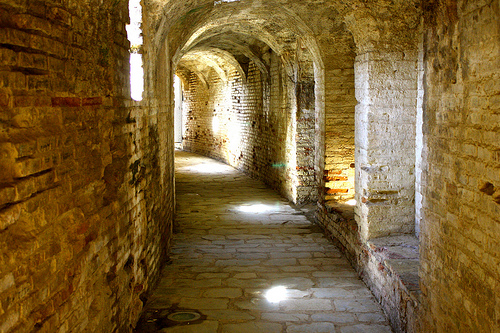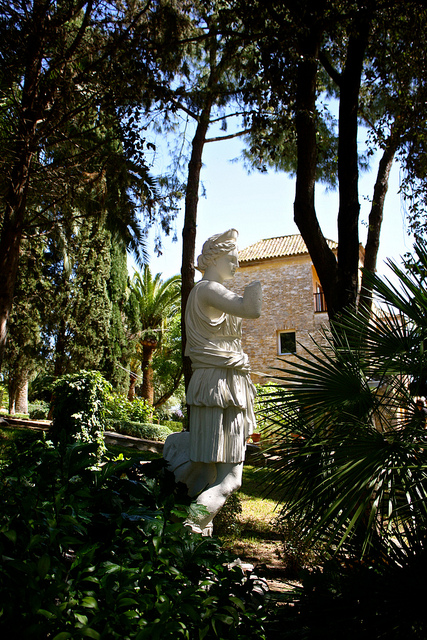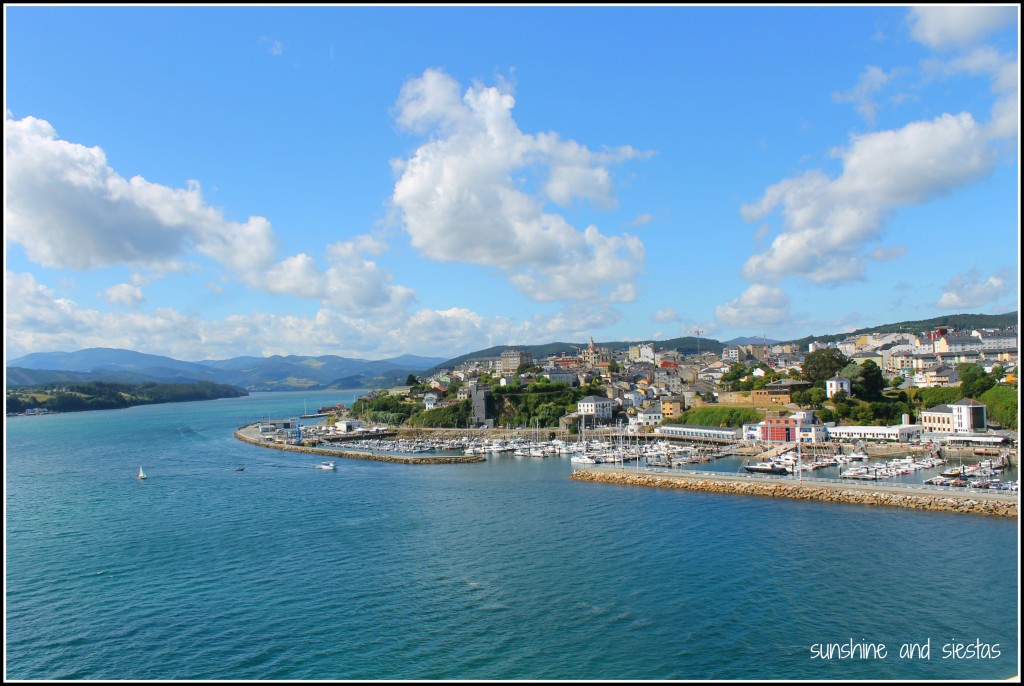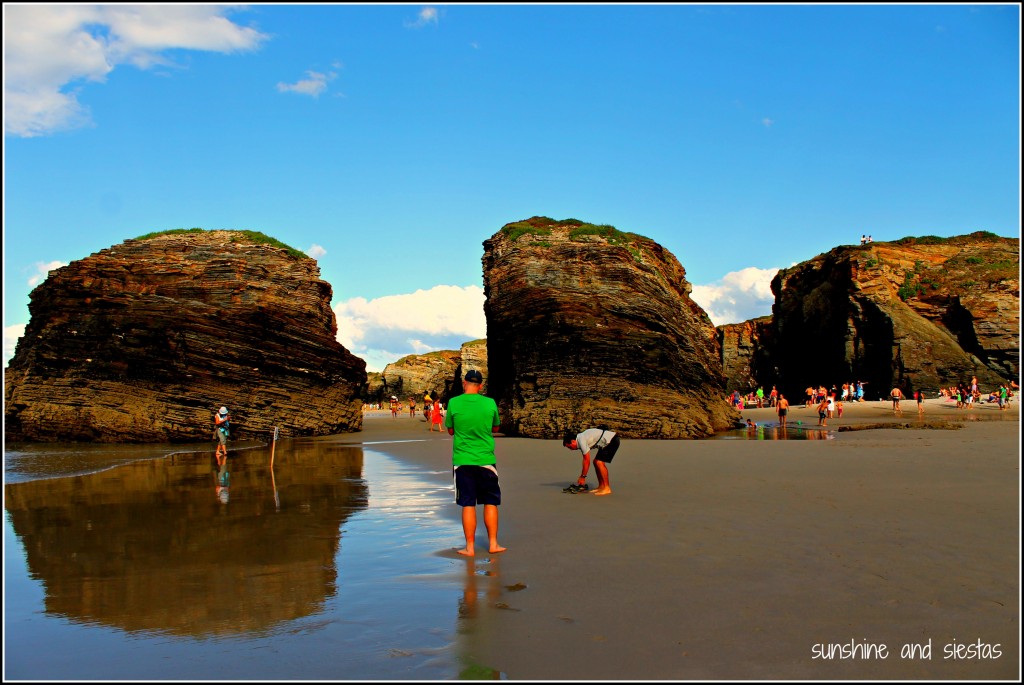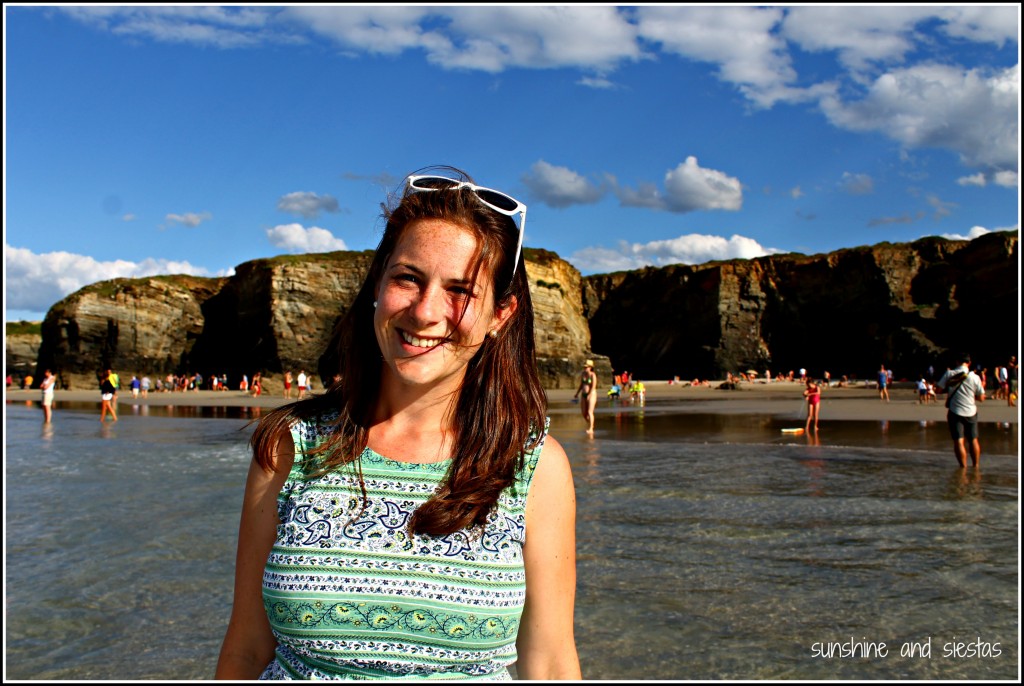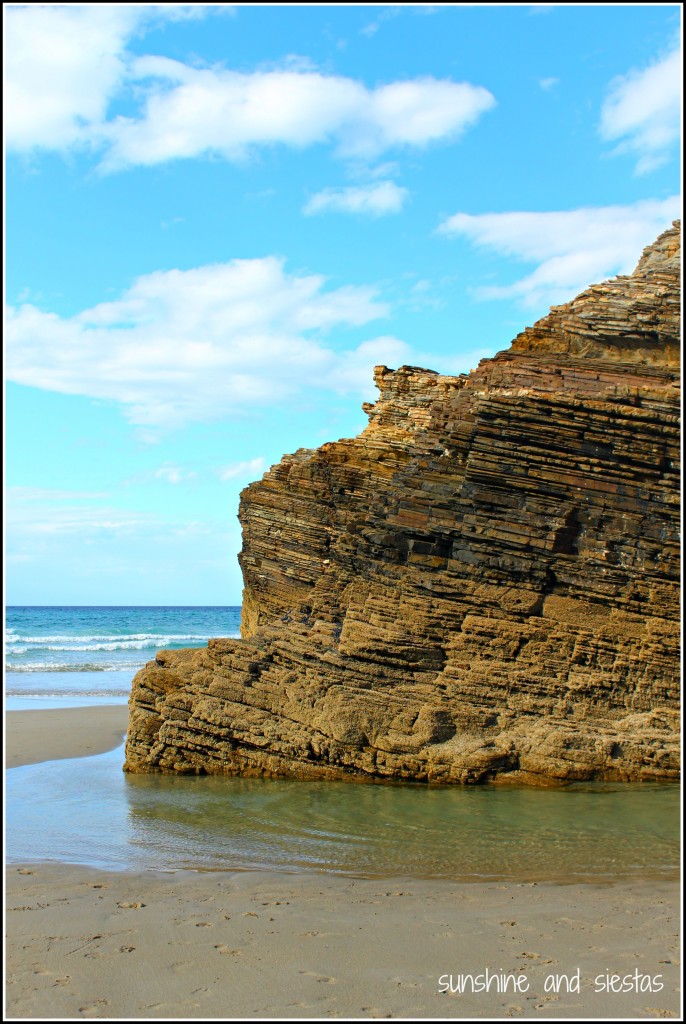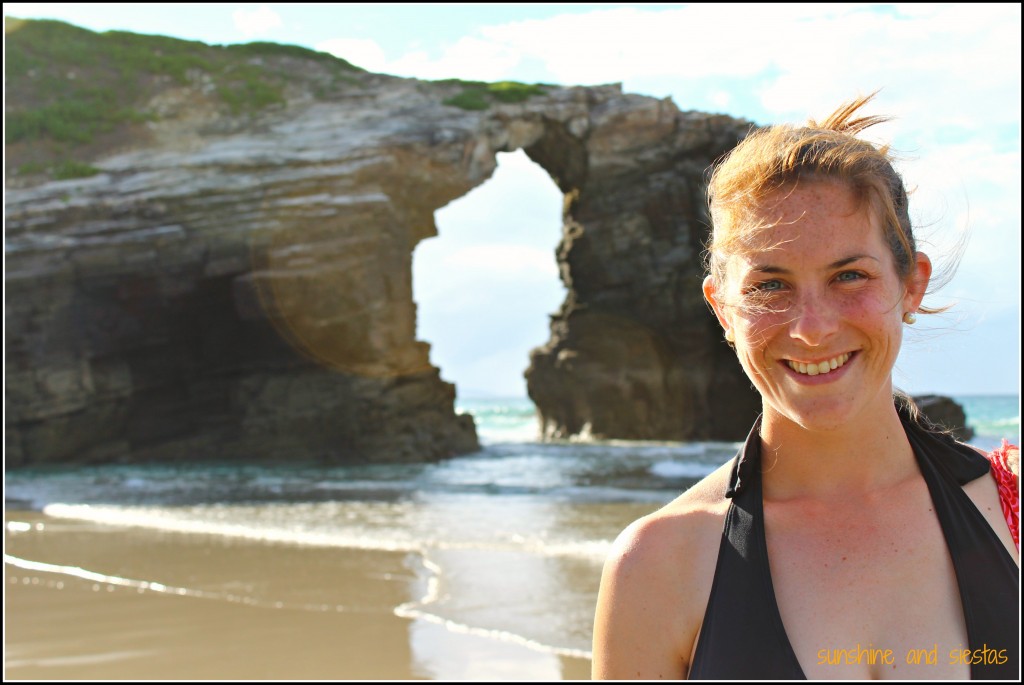If I could live on one food for the rest of my days, I would choose the tomato (or maybe ice cream…just not tomato ice cream). Like Bubba Gump can eat shrimp in every which way, I’m a huge lover of the perfect fruit/vegetable/I don’t even care and easily eat them daily.
Then, say you, what happens when my friend convinces me to hop a flight to Valencia to attend the Tomatina, a tomato chucking festival and one of Spain’s most well-known fêtes?
You say tomato, I say HELL YEAH!
A Brief History of La Tomatina
Buñol, a small village just a half hour’s drive from Valencia, has been practically half-asleep for its history. In the mid 1940s, however, a group of youngsters wanting to demonstrate during the town’s festivals grabbed a bunch of tomatoes from a local frutería and began throwing them. The following year, they did the same. Since the early 1950s, the town hall has allowed revelers to chuck tomatoes (grown in Extremadura and unsuitable for eating) on the last Wednesday of August.
The Tomatina is now considered a Festival of Touristic Interest – so much so that the town decided to limit the entrances this year, allowing just 20,000 tickets to be sold to help pay for operating costs, including clean-up and security. About 5,000 of these were reserved for the residents of Buñol.
Getting to Buñol
The town of Buñol is located about 40km inland from the region’s capital of Valencia, cozied up to a mountain. Served by the regional RENFE commuter trains on the C-3 line, you can arrive to Buñol’s train station (if you can call it that) in 45 minutes. The station is located at what locals call ‘Buñol de Arriba,’ or the part of the pueblo on the hill, and there are plenty of places to buy souvenirs, leave your bag at a local’s house in exchange for a few bucks, and grab a beer or sandwich.
In the end, we decided to take a tour bus, which promised round-trip transportation and safe-keeping of our belongings. Though Kelly and I made an effort to speak the bus driver to get an idea of just how safe the bus would be in the middle of a festival of drunk guiris, we watched the bus pull out 20 minutes before the assigned return time, and we were forced to wait 90 minutes while it went to Valencia and came back for us. We had decided to take our bags with a change of clothes and snacks with us and store them at a local’s house, thankfully, or we would have been cold and stinky for hours. The organization was terrible and not worth the 35€ we paid for the entrance, transportation and luggage storage. If we did it again, we’d take the cercanías train.
Keep in mind that you can’t just show up to the Tomatina after this year – revelers are required to pay a 10€ entrance fee, and only 15,000 tickets are allocated for visitors. While there was outcry that the town hall of Buñol has privatized the festival without debate, I personally thought this was the best way to make the party accessible and enjoyable.
The Clothing and Gear
Rule of Thumb: everything you wear to the Tomatina will be covered in tomato gunk and stink, so be prepared to part with it once the tomato slinging is done. I threw everything away but my swimsuit!
Kelly and I made a run to Decathlon for a plain white cotton T, elastic biking shorts, a swim cap and goggles. You’ll see people in costumes, in plastic rain coats, in swimsuits and the like. We also bought disposable waterproof cameras, a small wallet for our IDs and health insurance cards and paper money, which we put into plastic bags.
I was surprised to see the number of people with GoPros. Having gotten mine for the Camino and then unpacking it for sake of weight, I wish I would have had it on me. Word on the street is that you can get relatively cheap cases for your DSLR or point-and-shoot, so consider it if you want better pictures than this:
Without fail, you should bring a change of clothes. Most townspeople near the center of the village will let you use their hoses for a minimal fee, but wearing wet clothes in damp weather won’t do you any favors. I brought a simple dress and a pair of flip-flops for the after party that rages on all afternoon, as well as a bottle of water and a sandwich. Food and drink is available in Buñol, and for cheaper than the Feria de Sevilla!
The logistics of La Tomatina
There are two parts to the city of Buñol: la de arriba (upper Buñol) and la de abajo (lower Buñol). Kelly and I got a call from our friend Gatis just as we pulled into the parking lot. Scoping out the party, we assumed we were near the entrance, so we told him we’d meet him at the gates in 10minutes, after we dropped off our bags.
Turns out, the village is a lot longer than we thought, and it took us far longer to get there!
When you sign up for the Tomatina, you’ll be given a wristband that you must show to access Plaza del Pueblo, where the action takes place. You then have to walk about 500m downhill towards the castle, passing food stands and bars, before arriving to two of four access gates. Show your wristband, but not before going to the bathroom – there is NOWHERE to pee once you’re in Buñol de Abajo.
Shortly before 11am, one of the townspeople participates in the palo de jabón. Climbing up a wooden pole slicked with soap, the trucks can officially pass through once the pueblerino has reached the top and hoisted the ham leg, which sits at the very top, over his head. Five trucks carrying tons and tons of tomatoes will pass through once a siren has been sounded. Participants understand that they cannot throw anything but tomatoes (which you should squeeze first to avoid injury), and only between the sirens signifying the beginning and end of the event, which only lasts one hour.
Those who live in the city center board up their houses and drape plastic sheets over their facades, though they’re quick to douse you with water after you’re finished. Call them campeones – they’ll hit you with water first.
The majority of the after party from what we could see is held in the part of the town uphill. There was music, beer and sausages. Had I not been so cold and smelly, it would have been my happy place.
The Experience
I can’t say that experiencing La Tomatina was ever on my Spain bucketlist (and neither is San Fermines, so don’t ask if I’ll ever go to the Running of the Bulls). But when a week with nothing to do, a cheap place ticket and an eager friend suggested going, I figured this would be my one and only chance to do so. Am I glad I did it? Most definitely, but I’m not planning on signing up for it again.
That said, it was a lot of fun. Being crunched up between total strangers, mashing tomatoes in their hair and putting it down the backs of their shirts, swimming afterwards in what was essentially an enormous pool of salmorejo, was serious fun. Belting out Spanish fight songs, squashing the fruit so as not to hurt anyone when I pelted him with it. The water fights, the after party, the townspeople who so graciously gave us their gardens and their hoses to use (Luisa, I’m looking at you, and we owe you a bottle of your beloved fino). I even found the downpour just before 11am to be hilariously good fun.
Have you ever been to the Tomatina, or are you interested in going? What’s your favorite festival in Spain – have car, will rock out – y’all know me!
